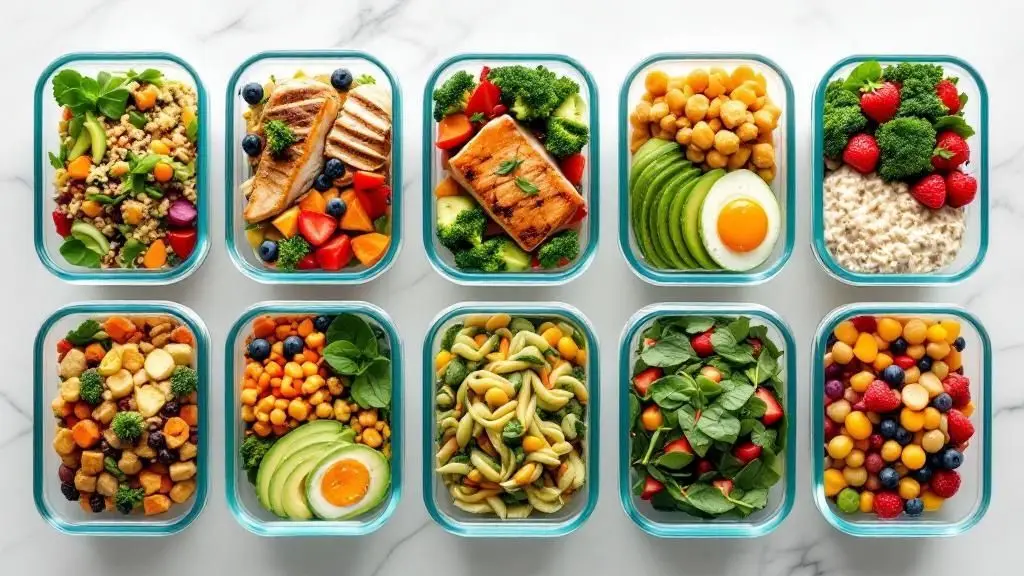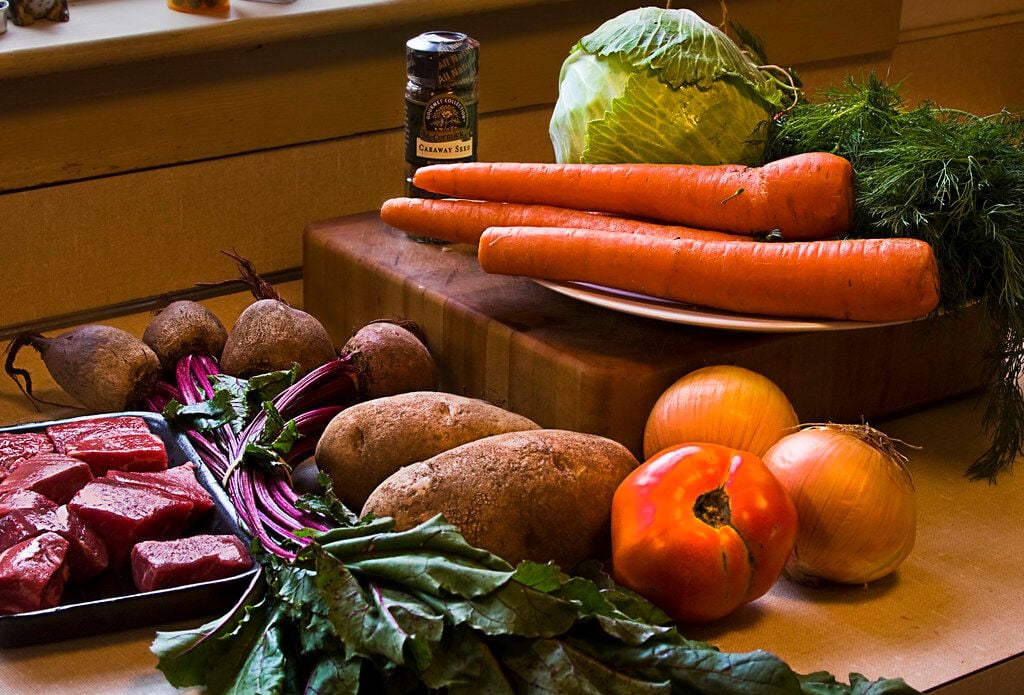
Salt or No Salt? What the American Diet Gets Wrong
- Sep 12, 2024
It's a common conundrum-do you lean more towards sweet or salty snacks? According to a survey by the National Consumer Panel, for every 4 snackers, 1 gravitates towards the saltier option. However, this comes with a catch. It turns out that Americans are consuming too much sodium, surpassing the recommended daily intake and standing at risk for heart disease, stroke, and kidney disease.
To illustrate, Amy Bragagnini, a clinical oncology dietitian and a spokesperson for the Academy of Nutrition and Dietetics, weighs in. She remarks that the variety of salt-whether it's table salt, sea salt, kosher salt or Himalayan salt-doesn't factor as much into your health and diet as the quantity. The FDA's 2020-2025 Dietary Guidelines advise less than 2,300 milligrams of sodium a day: that's about a teaspoon of table salt.
Although minor nutritional variances exist between different types of salt-a 2023 study suggested Persian Blue Salt (containing high calcium) could help those lacking in calcium, while both Persian Blue and Atlantic Grey salts have slightly more iron and zinc-the differences are far from dramatic.
Pink Himalayan salt has also grown popular due to its perceived health benefits thanks to its mix of added minerals such as calcium, magnesium, potassium and iron. But Bragagnini is quick to point out that you'd need to consume an unreasonable amount to see those benefits, and it's far healthier to gain those nutrients from whole foods.
Some people have swapped out salt entirely for sodium-free replacements like No Salt or Nu-Salt, but Bragagnini urges caution and emphasizes the importance of consulting a doctor first. These substitutes replace sodium with other minerals-mainly potassium, which can affect your diet in other unforeseen ways.
The takeaway? Use different types of salt for varying culinary purposes, and always in moderation.
Despite the vilification of salt in our health-conscious society, a small amount is critical for our wellbeing. As Bragagnini puts it, "Sodium in general is needed in our bodies for fluid balance, nerve conduction and muscle contraction." Before iodized table salt was introduced in the US in the 1920s, iodine deficiency was a widespread issue.
The main issue lies in quantity. Over-consumption of sodium can steer us towards high blood pressure, and in turn, trigger strokes and diseases. The FDA advises no more than 2,300 milligrams of sodium per day, but Americans typically consume around 3,400 mg daily.
Fortunately, the FDA also reports that 70% of dietary sodium comes from packaged and prepared foods, so cutting down on your sodium intake can be as simple as turning to home-cooked meals.
Bragagnini suggests a gradual approach to a low-sodium diet, so you can acclimate your palate to less sodium while still enjoying rich flavors of food. If you have conditions like hypertension and your doctor advises dietary changes, heed them. In any case, take small, patient strides towards a healthier diet.






